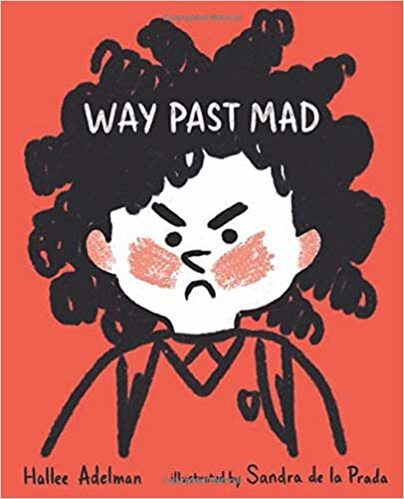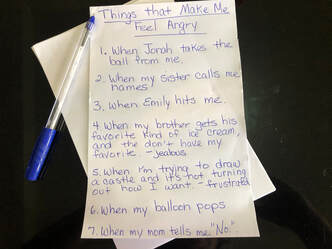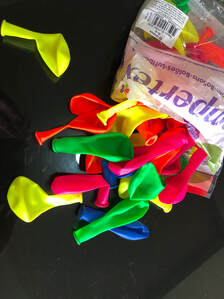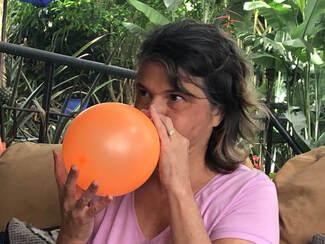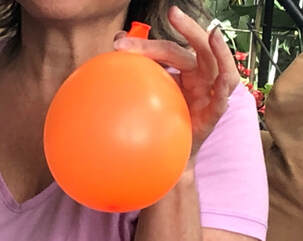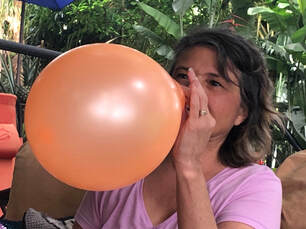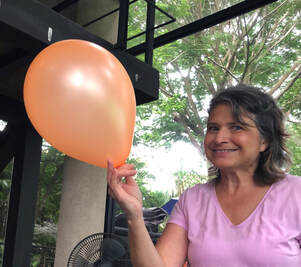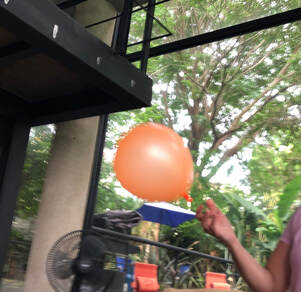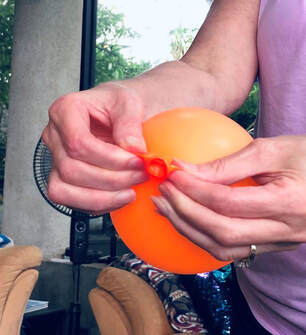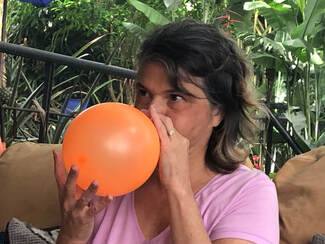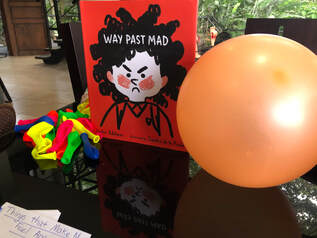A Book Review of Way Past Mad
Ms. Adelman has written four books in this series to-date, focusing on different feelings presented in a child's-eye-view. The book that I am focusing on in this month's blog is Way Past Mad, which, of course, focuses on anger. However, most feelings don't stand alone. They are often intertwined with others and this can make it difficult to fully understand what is going on in ourselves and others. It is important to teach children that we can have many feelings at the same time. If we pay close attention to the story, we will see examples of these intertwined feelings. To take a deeper dive into the intertwined feelings, check out the activity below. This book is appropriate for children ages 3 to 8, and can even be helpful to many of us adults! Way Past Mad normalizes anger and presents the feeling in a very relatable way for children. Prior to leaving for school one day, Keya experiences a series of events that make her feel "WAY PAST MAD!" These experiences include her brother, Nate, messing up her room, feeding her favorite cereal to their dog, and ruining her favorite hat. This is followed by her mother's rationalization of these offenses that Nate is only little, "he didn't mean it." What child with siblings cannot relate to that?! In some ways, Keya presents as a model to the readers as she is able to verbalize her feelings, as shown in the following excerpt: "I was way past mad the kind of mad that starts and swells and spreads like a rash." And, spreading like a rash it did! She took her MAD out on her friend, Hooper. She did what many of us can relate to in the heat of the moment, and said things to Hooper that she really didn't mean. Then, Hooper caught her MAD. This MAD BUG could have spread like the Coronavirus! However, Keya recognized it and made an effort to correct the situation and get past her mad. She apologized to Hooper and shared why she had been so mad. This helped Hooper get past his mad too and that put an end to that dreaded MAD BUG, that could have spread around the whole school! This part of the story has many messages. One being that if we handle our anger inappropriately and take it out on others, there are real life consequences. However, it also normalizes the fact that sometimes we don't handle our feelings well and that we are not infallible. When the latter happens, we can take responsibility for the damage we caused and make amends. Also, talking to someone about what has given you the big feelings can help diminish those feelings and build your relationship, rather than damage it. The illustrations in the book, created by Sandra de la Prada, are bold and colorful. The facial expressions clearly represent the strong feelings of the characters. The large images and fun drawings draw children into the story. I recommend this book, and the other books in the series, as a means of helping children improve on this complex task of understanding and expressing their emotions appropriately. To purchase this book and check out the other books in this series, click here. I reviewed a different book by Hallee Adelman in September, 2020, My Quiet Ship, which you can check out in the archives of this blog. I have provided a therapeutic activity idea below that goes along with the theme of this book. Activity Idea for Way Past MadTo dive deeper into the feelings of this book, explore with the child the other feelings, besides anger, that the characters might be feeling. For example, when Nate messed up Keya's room, what other feelings might she be having? Maybe, frustrated, annoyed, etc. Also, when her mom made excuses for her brother, could she have felt jealous of her brother or sad that he mom didn't acknowledge her feelings? Do this throughout the book, even with Hooper. Try to pull out more complex feelings such as frustration, jealousy, disappointment, etc. I have found that kids need more practice with these more specific emotions that can be intertwined in the basic feelings. Also, start a discussion on what Keya did well and not so well in dealing with her feelings. What could she have done differently? What helped the situation? On to the activity . . . Materials needed: Balloons in multiple colors Paper Pen
2 Comments
Amy Murrell
5/17/2021 11:38:27 am
I love this activity and the book looks cute too!
Reply
Vasilia Graboski
5/17/2021 11:43:22 am
Thank you Amy!!!
Reply
Leave a Reply. |
Follow me on Twitter, Pinterest and LinkedIn
Categories
All
|
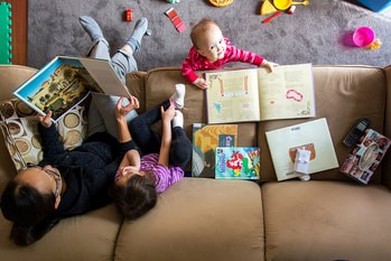
 RSS Feed
RSS Feed
